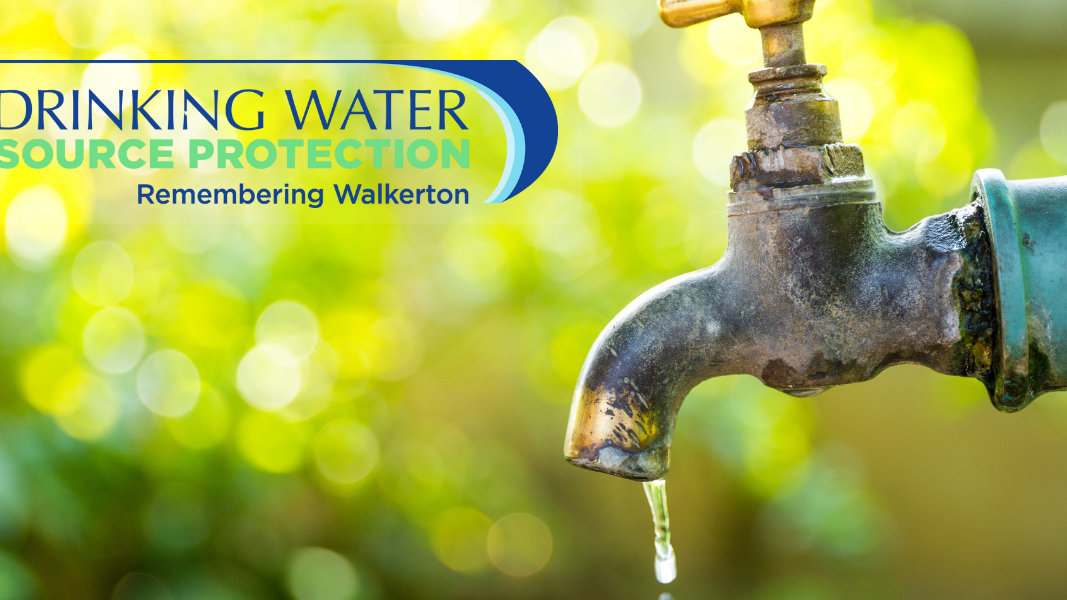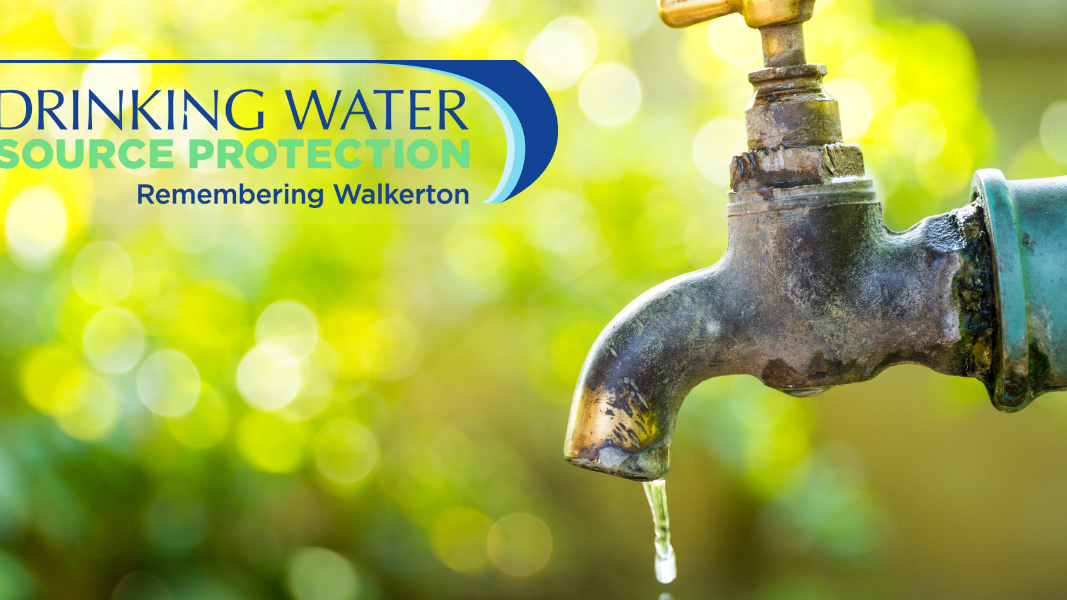In May 2000, a virulent strain of E. coli entered the Walkerton municipal water system, contaminating the town's water supply. Following the rainstorm and contamination event on the Victoria Day long weekend, seven people died and thousands of others became ill. The Walkerton water contamination highlighted the importance of strong safety protocols. It taught Ontario valuable lessons about protecting our water supply through proper planning, oversight, and accountability. Today, Ontario has some of the safest, cleanest drinking water in the world, and we must continue to work together to ensure this remains the case.
Following the events in Walkerton, the Ontario government convened an inquiry led by Supreme Court Justice Dennis O'Connor. In 2002, Justice O'Connor released 121 recommendations, with 22 relating to source water protection.
These recommendations laid the foundation for lasting change in how Ontario manages drinking water safety. One of the most significant outcomes was the development of the Clean Water Act, which received royal assent in 2006. The purpose of the Act is to assist communities in protecting their municipal drinking water supplies at the source. Through source protection planning, communities identify potential risks to local water quality and water supply and create a plan to reduce or eliminate these risks.
Watershed-based Source Protection Authorities (SPAs) and Source Protection Committees (SPCs) oversee local source water protection. There are 19 SPAs across the province that have developed 38 local source protection plans that identify actions to protect municipal residential drinking water systems. The actions range from restrictive municipal prohibition policies to softer approaches like education and outreach to encourage local users to be mindful that their actions may impact their drinking water sources. These plans protect almost 450 municipal drinking water systems, covering an area where over 95 per cent of Ontario's population lives.
The Niagara Peninsula Conservation Authority is one of these Source Protection Authorities. The responsibilities of a source protection authority are:
- Establishing the SPC for the region.
- Assist the SPCs in their powers and duties to be carried out under the Clean Water Act.
- Provide scientific, technical and administrative support and resources to the local SPC.
- Prepare annual progress reports for each source protection plan, submit to the SPC first and then to the Director, MECP (Ministry of Environment, Conservation, and Parks.
- Propose and prepare updates to source protection plans and undertake necessary consultations leading to a submission to the MECP.
- Issue notices to municipal residential drinking water system owners to support source protection planning for new or changing systems.
With one-third of the Earth's fresh water within and along our borders, Ontario is a natural wonder. Countless lakes, rivers and streams flow through this beautiful province, and many plants and animals thrive because of the freshwater.
By stopping contaminants from getting into drinking water sources – lakes, rivers, and aquifers – we can provide the first line of defence in protecting our environment and the health of Ontarians.
The lessons learned in Walkerton pushed Ontario to build Canada's most ambitious source water protection program. Since reporting began in 2004, more than 99.8 per cent of water quality tests continue to meet Ontario's strict health-based water quality standards.
Protecting our drinking water is lifelong work. Organizations across Ontario continue to safeguard our water through ongoing monitoring, policy updates, and collaborative efforts with individuals, organizations, and communities across the province. Protecting water is a shared responsibility. Whether it is one person making an informed choice, or organizations and governments implementing long-term strategies. By working together and staying committed, we can ensure clean, safe drinking water for current and future generations.
Learn more about Source Protection in the Niagara Peninsula watershed HERE.

